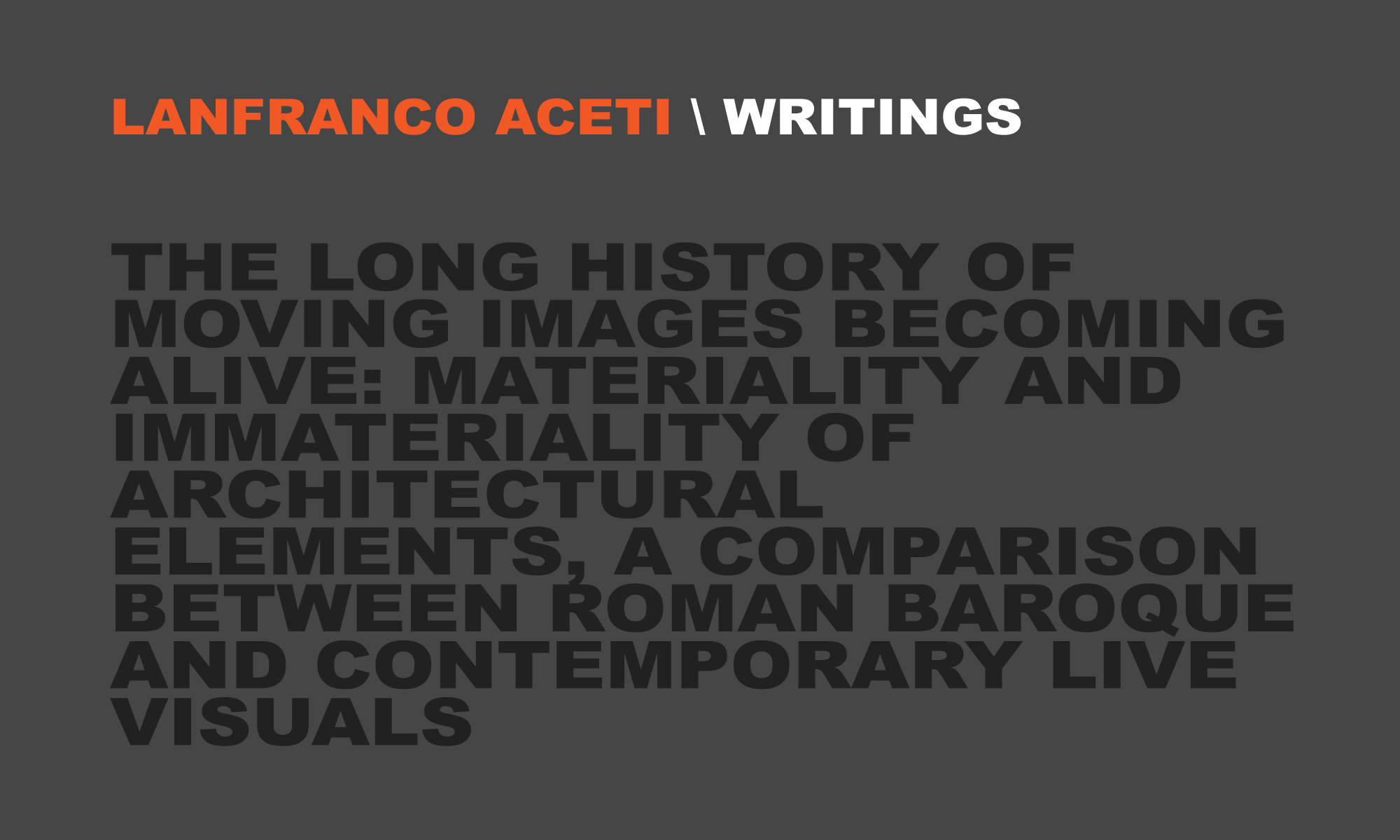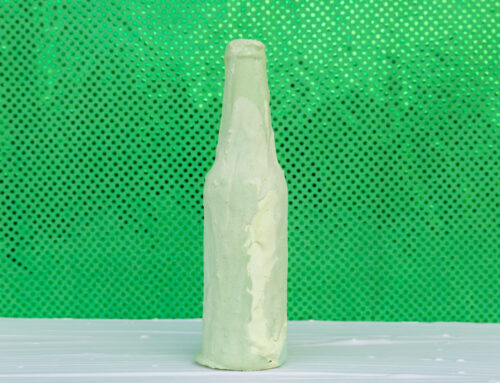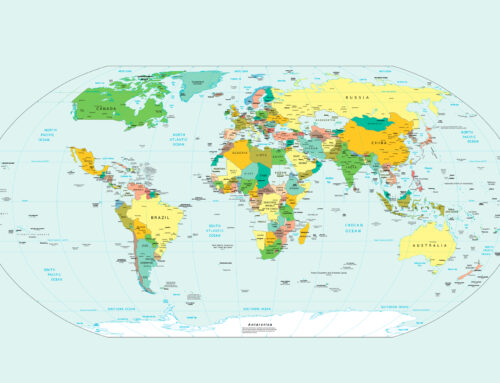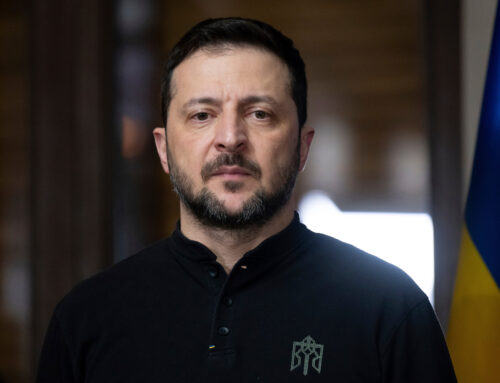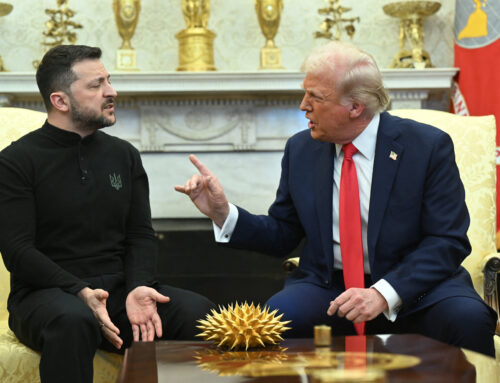This was my keynote for the conference Real Time Visuals organized by Steve Gibson. It was a great event over two full days, filled with activities, lectures, performances, music and, of course, live visuals. Great people from all areas that converged for a two days series of exchanges and future projects. My keynote was a comparative analysis between historical ‘transdisciplinary’ architectonical practices and contemporary live visuals.
THE LONG HISTORY OF MOVING IMAGES BECOMING ALIVE: MATERIALITY AND IMMATERIALITY OF ARCHITECTURAL ELEMENTS, A COMPARISON BETWEEN ROMAN BAROQUE AND CONTEMPORARY LIVE VISUALS
ABSTRACT
The relationship between Andrea Pozzo (a Baroque artist) and contemporary live visuals may not be immediately apparent. Nevertheless, with his frescoes in the Church of Sant’ Ignazio in Rome, this Baroque painter, architect, stage designer, decorator and art theoretician provided an exemplary usage of images that are reductively called ‘illusionistic.’
Images, a light byproduct, are to be perceived not solely as ‘immaterial’ through the illusory tridimensional representation of traditional holograms and projected visuals on architectural elements but also as an actual material substance able to physically define and shape space – as in Pozzo’s frescoes.
The limitations to the contemporary usage of light as a material are a consequence of the complex physical properties of light as well as of restricted metaphysical, philosophical, aesthetic and scientific interpretations of live images, light and optics.
The unexplored possibilities of making the ‘immaterial’ light of contemporary projected live visuals a usable material needs to be analyzed in a new 21st century context, shedding old interpretations and assumptions.
KEYWORDS
Live visuals, architecture, Vitruvius, augmented reality, Andrea Pozzo, light, Baroque, Rococo

